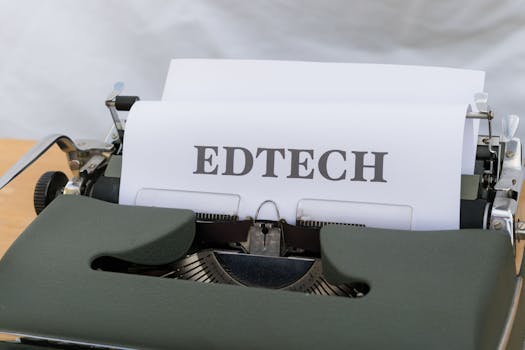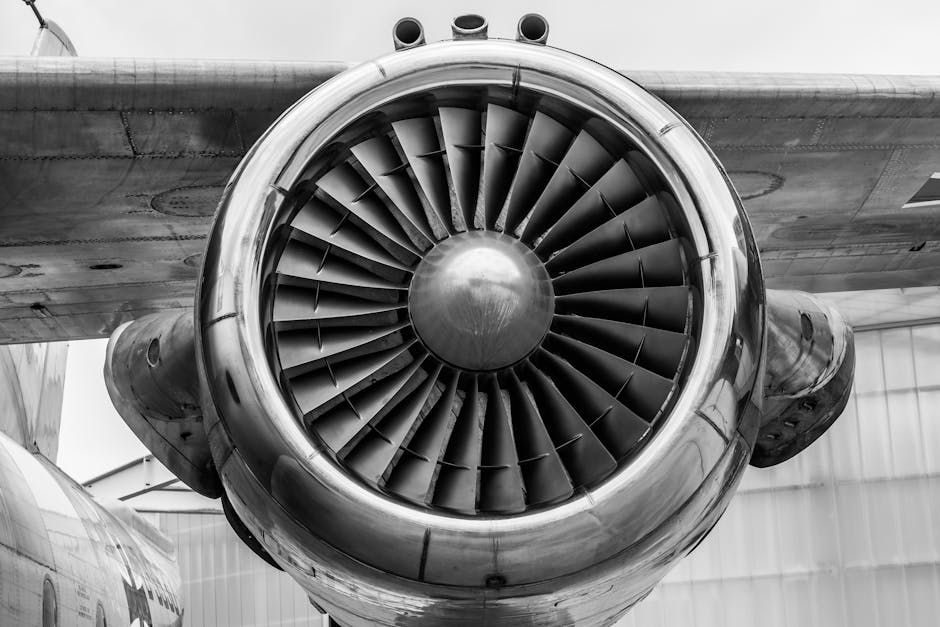Companies with the best and the worst technicals.
Lists of companies in NSE500 with the best and the worst technicals...
Lists of companies in NSE500 with the best and the worst technicals...
Lists of companies in NSE500 with the best and the worst fundamentals...
List of the latest important filings for NSE500....

The rise and fall of Byju's, the influential EdTech company, detailing its...

This article discusses India's recent achievement of becoming the fourth-largest economy by...

This article analyzes the recently announced 5% remittance tax by the Trump...

The Kaveri engine, developed by HAL (Hindustan Aeronautics Limited) for the Tejas MK2 variant, showcases India’s ambition in the domain of indigenous aerospace engineering. The history of this engine is not just a tale of engineering challenges but also an illustration of India’s strategic aspirations to reduce dependency on foreign technology.
Initiated in the late 1980s, the Kaveri project was envisioned as a response to India's need for a domestic power plant for its fighter aircraft, particularly the Light Combat Aircraft (LCA) Tejas program. Under the `Defence Research and Development Organisation (DRDO)`, the aim was to develop an engine that would meet specific performance parameters including a thrust rating of 85 kN. However, years of development brought numerous setbacks including technical challenges, funding issues, and shifts in focus towards other defense priorities.
In a bid to facilitate the project, collaborations with international firms became critical. In 2004, a notable partnership was established with General Electric (GE) concerning the F404 engine, which was used as a fallback solution for the Tejas fighter. The F404 engine was chosen for its proven performance in other modern fighter aircraft, notably the Boeing F/A-18 Hornet and the Saab JAS 39 Gripen.
However, negotiations with GE have been fraught with complexities. In a country like India, where defense dealings are closely watched and often bogged down by bureaucracy, delays were inevitable. Since 2023, ongoing discussions about offset agreements and technology transfer have added to the timeline, slowing the pace of introducing this proven technology into the Indian Air Force (IAF).
The Tejas MK2 variant, which utilizes the GE F404 engine, was set for its first flight in early 2024. Insite of the delays, the ambition remains to incorporate the indigenous Kaveri engine in the future. There have been reports confirming that the Kaveri engine has completed preliminary testing phases, but it is still deemed to be several years away from operational deployment.
Officials from DRDO and HAL believe that achieving a full thrust of 110 kN, as opposed to the earlier design target, will solidify the engine’s capabilities for future advanced fighter jets. If successfully developed, the Kaveri engine could make an undeniable impact on India's defense self-reliance.
Part of the strategic importance of developing the Kaveri engine lies in defense self-reliance. Currently, India relies significantly on imported engines, which raises various issues, including supply chain vulnerabilities and geopolitical complications. As noted by the Ministry of Defence, approximately 70% of India's defense equipment is imported, making the push for indigenous development crucial.
Moreover, several nations, such as South Korea and Turkey, have invested heavily in their own engine development programs, leading to advancements in their respective military capabilities. The Kaveri engine, while facing challenges, signifies India's potential to not only cater to its own aerospace needs but also possibly export advanced technologies to other countries in the future.
The Kaveri engine project has seen government allocations and funding over the years. Reports indicate that between 1989 and 2024, nearly ₹3,000 crores (approximately $400 million) have been invested in its research and development. Yet, with the constant evolution of military technology and globalization of defense production, these investments have raised questions. Critics argue that the focus should also be on developing technologies that can integrate quickly into existing systems, rather than solely adhering to long-term indigenous goals.
Moving ahead, India’s defense ecosystem must address the reliability and performance issues associated with the Kaveri. As the Tejas MK2 readies for its first flight, a clear path must be defined to ensure a successful rollout of India’s domestic aviation programs. Collaborations, not just with American firms like GE but also with European and South Asian countries, could strengthen technological foundations.
In conclusion, while the Kaveri engine represents a critical pivot towards self-sufficiency in India's defense manufacturing landscape, future tangible successes hinge on overcoming operational challenges and lawyerly negotiations.

This article delves into the implications of Moody's 2025 downgrade of US...

This article explores the similarities and differences between Moody's 2025 downgrade outlook...